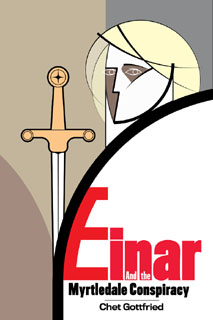Of the two hummingbird-style moths in central Pennsylvania (that is, the snowberry and the hummingbird), the snowberry is the smaller of the two, having a body size equivalent to a large bumblebee.
Considering the wide variety of insect names in the world, the snowberry clearwing is lucky to have the name “snowberry,” something lovely and evocative. And its name is fully justified, since the snowberry is one gorgeous moth.

With a wing beat faster than a thousandth of a second, the snowberry hovers over its chosen blossom and uses its long proboscis to dip into pollen/nectar to feed.
A snowberry has black legs (whereas a hummingbird clearwing has white ones), an easy way to tell the two apart.

A snowberry will stay in my backyard for as long as a half-hour at a time as it travels from blossom to blossom. Butterfly bush blossoms (such as the black knight in these photos) are among its favorite food sources.

Until moving to Cooper’s Pond in State College, I didn’t know that there was any such creature as a hummingbird moth, but here they most definitely are. Such moths are an interesting if odd example of convergent evolution. Who would believe that a bird and a moth share the same lifestyle?






